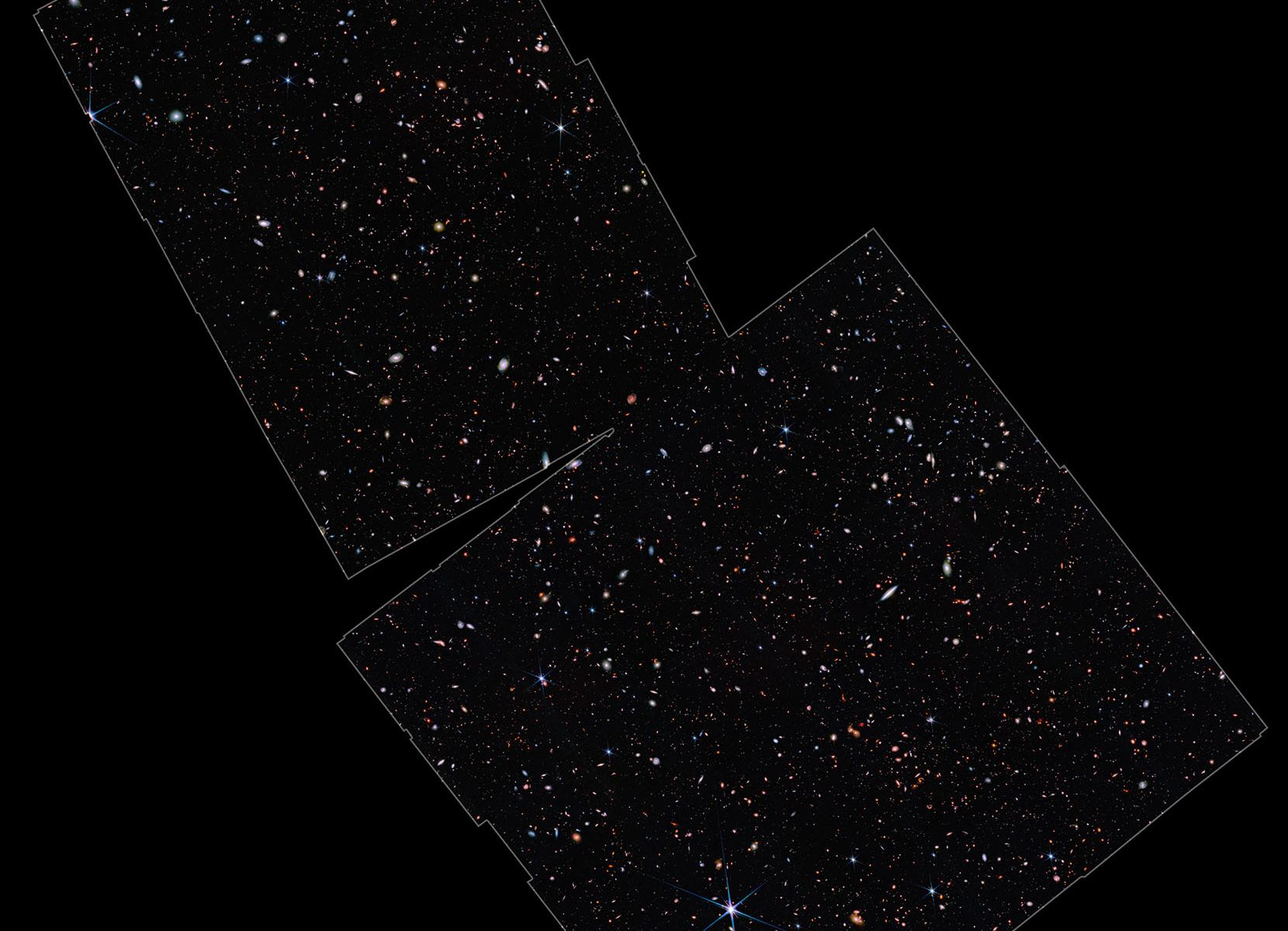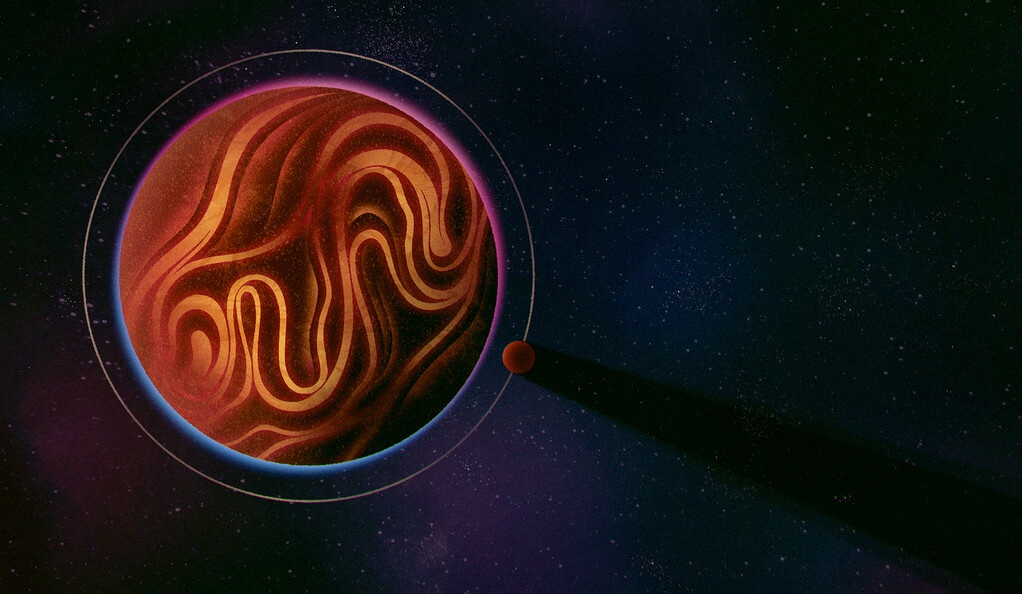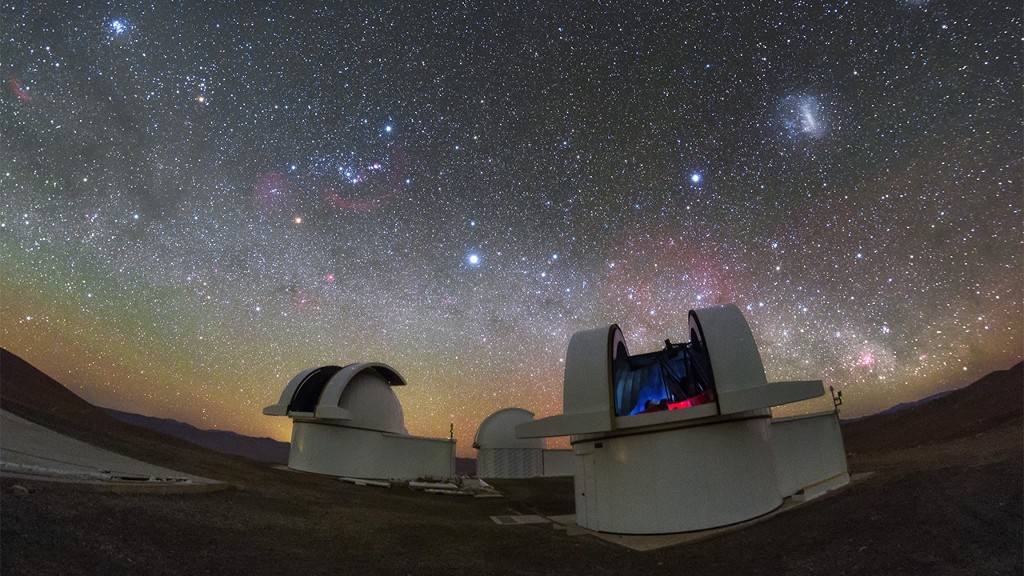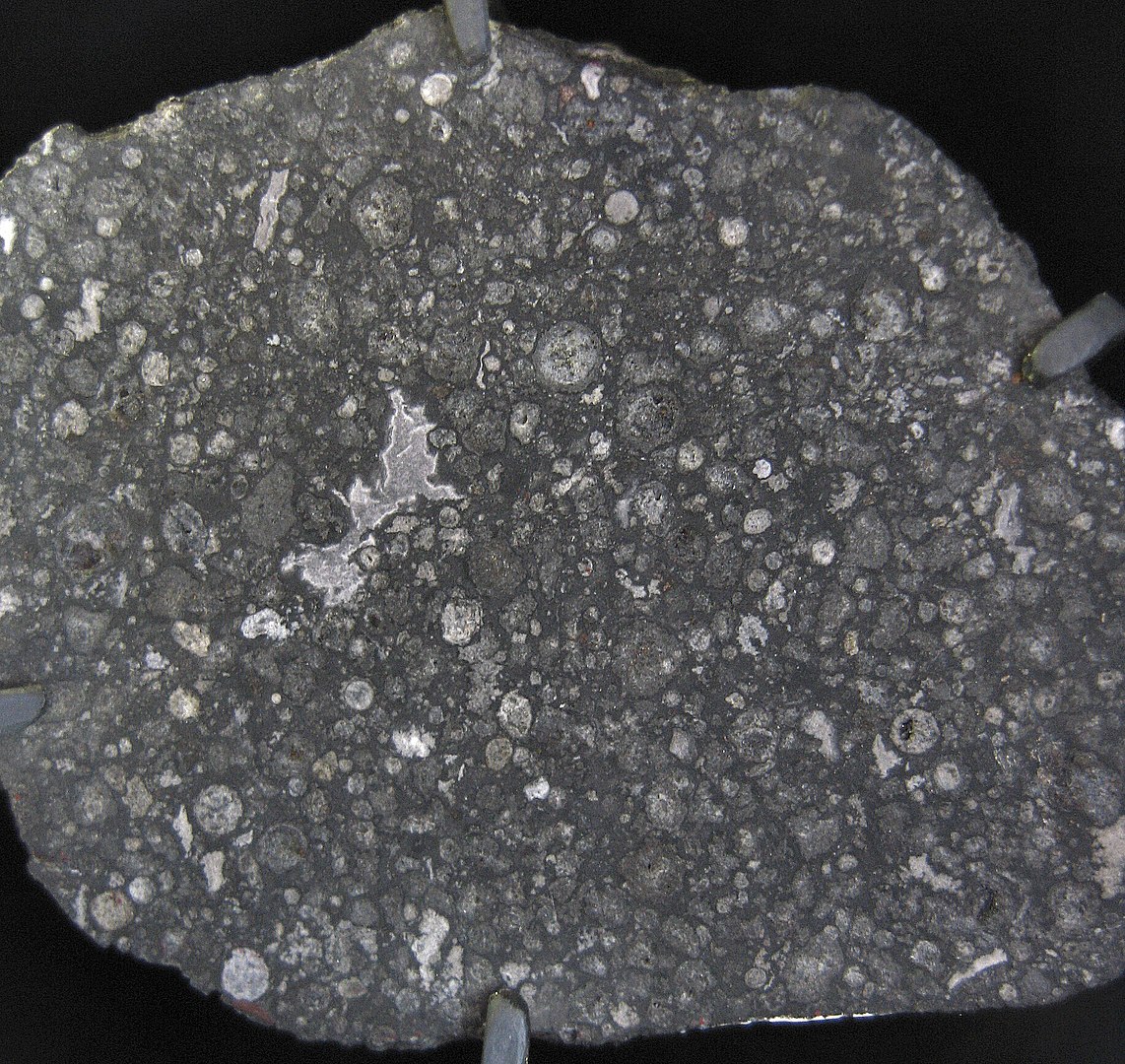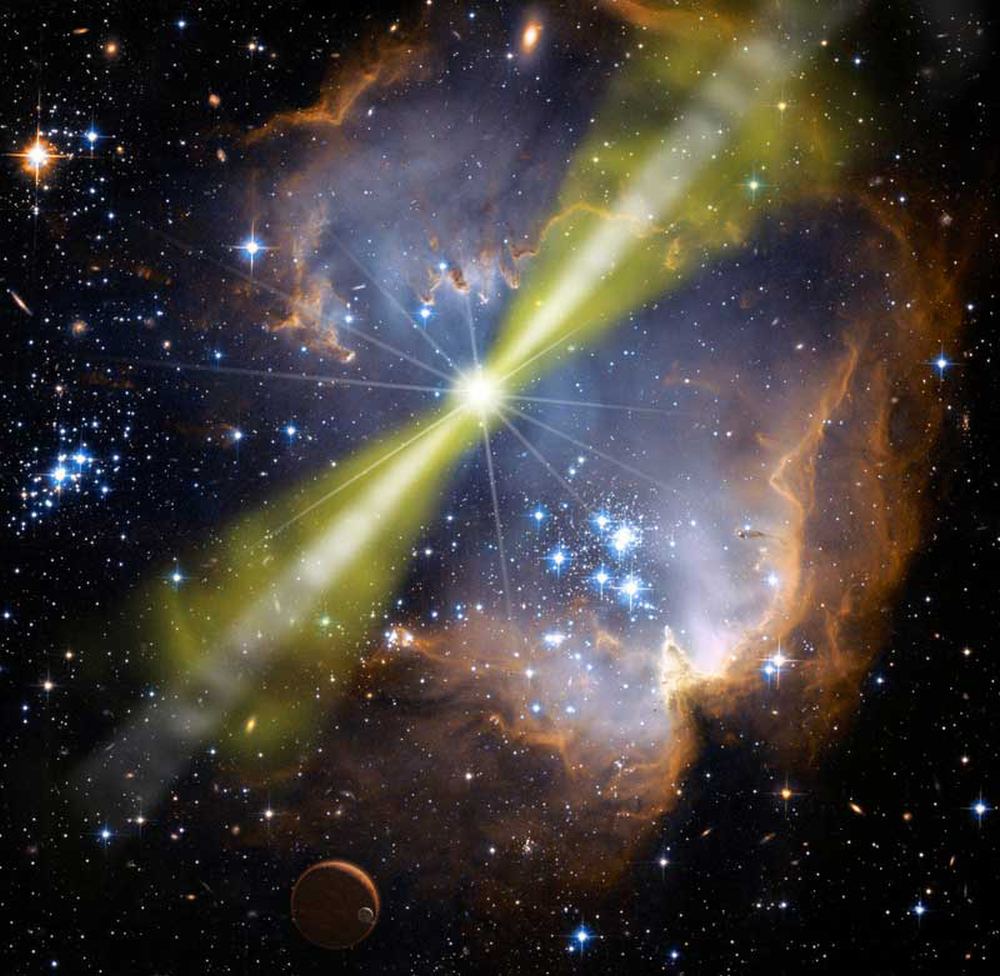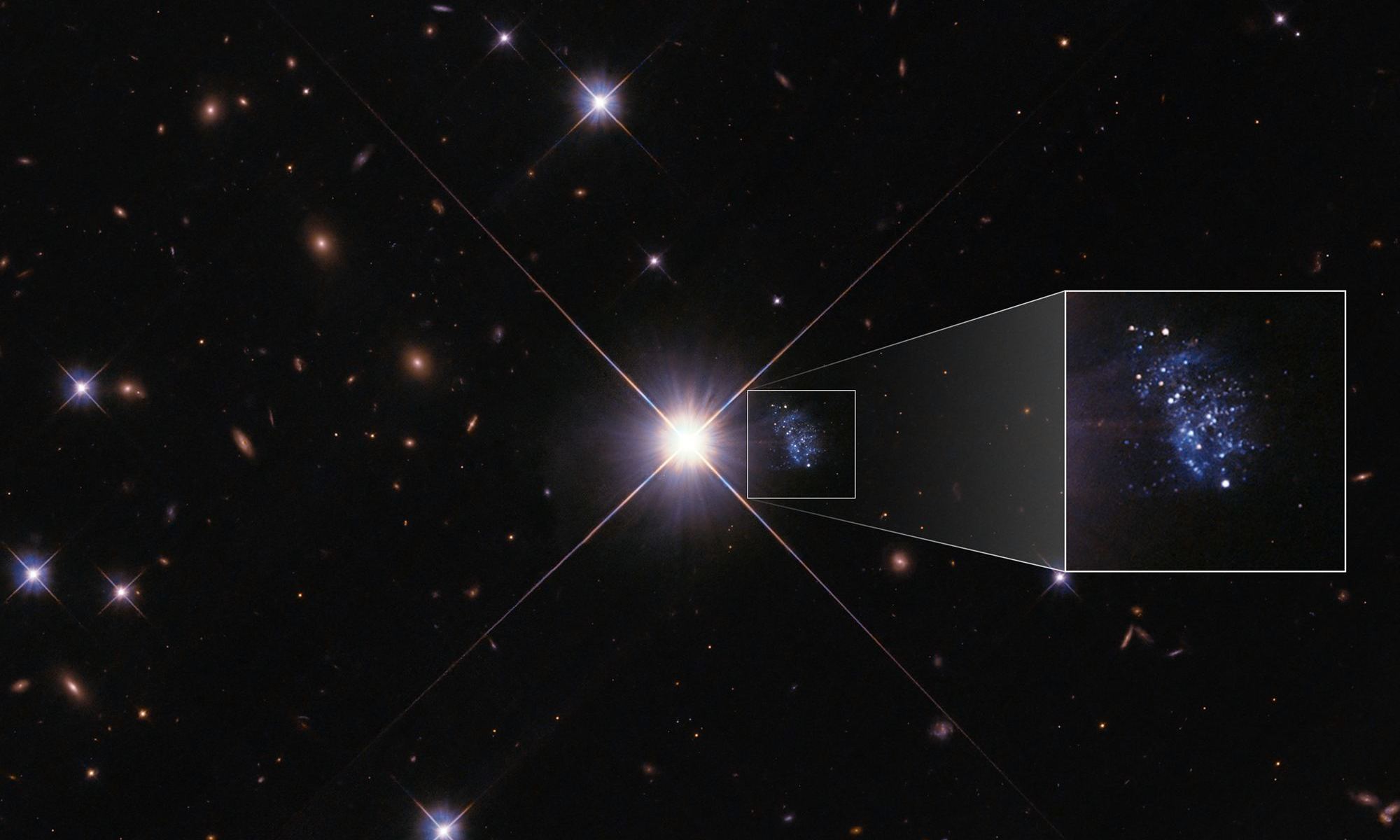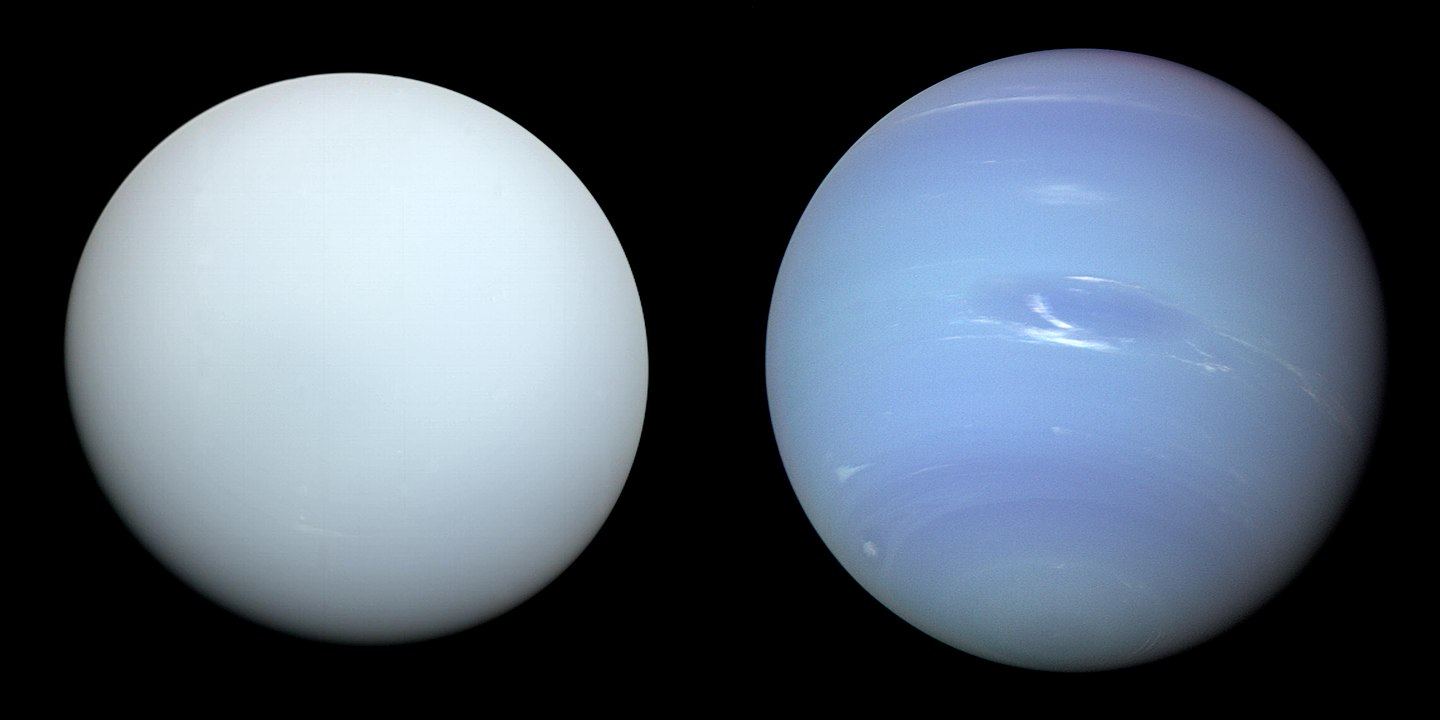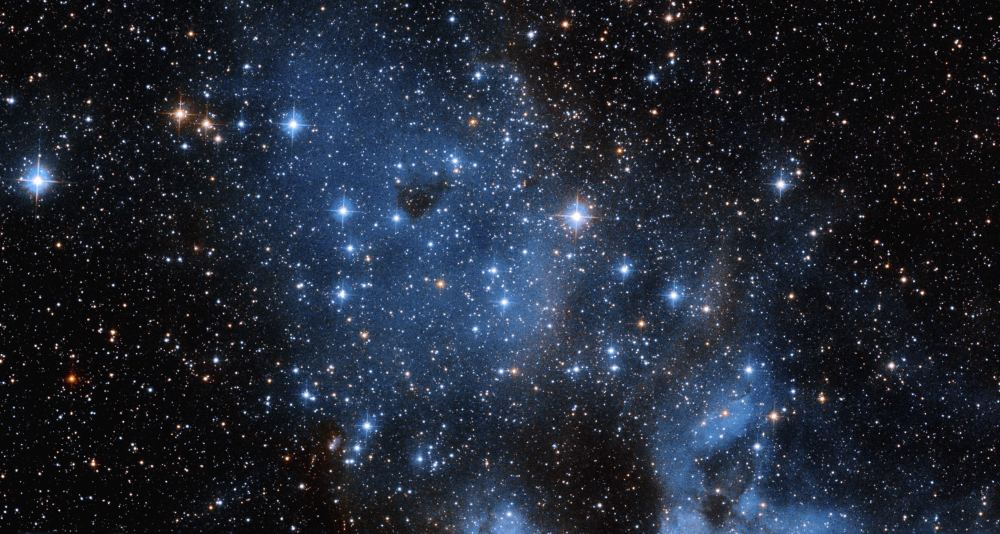About 13 billion years ago, the stars in the Universe’s earliest galaxies sent photons out into space. Some of those photons ended their epic journey on the James Webb Space Telescope’s gold-plated, beryllium mirrors in the last few months. The JWST gathered these primordial photons over several days to create its first “Deep Field” image.
Continue reading “Webb Completes its First “Deep Field” With Nine Days of Observing Time. What did it Find?”Webb Completes its First “Deep Field” With Nine Days of Observing Time. What did it Find?
